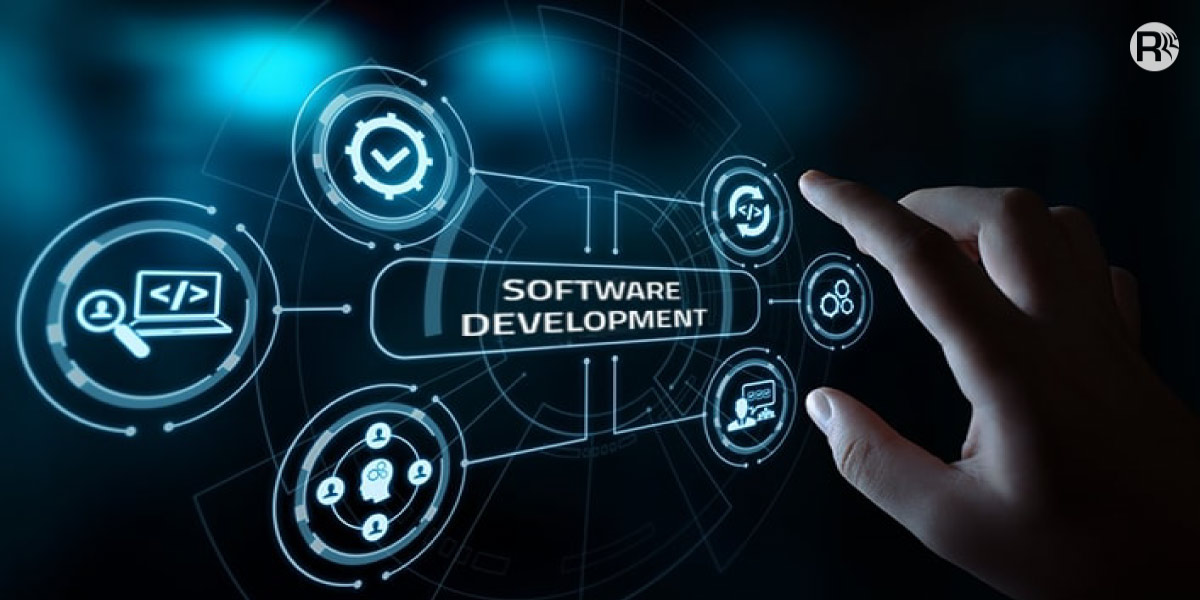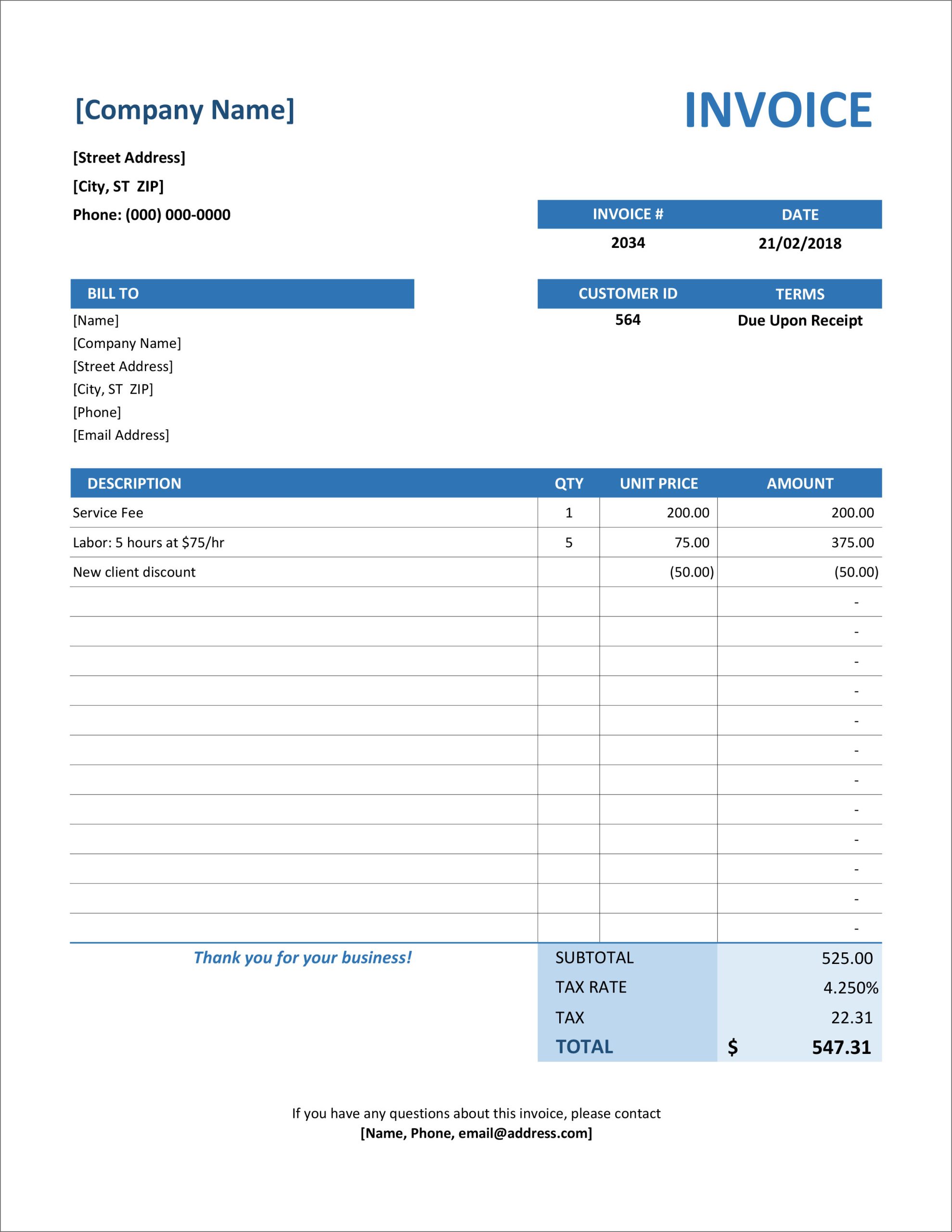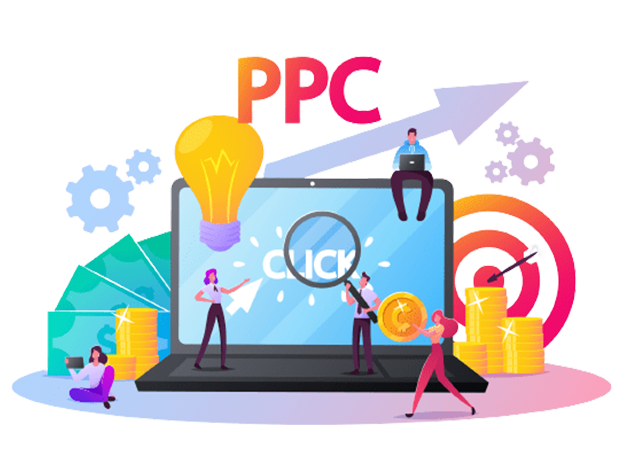Creating software that has product-market fit is one of the most important tasks for modern businesses. They must fully understand the software development life cycle in order to accomplish this and provide the best software product in the competitive market of today.
The stages of the life cycle of software products, types of software development processes, and their importance for start-up businesses will all be covered in this blog.
Also Read: 7 Stages In Software Product Development – A Successful Project Onboarding
Take a look at these astounding market statistics for software product development before we set out on our journey:
- The Business Research Company projects that the market for software products will grow at a CAGR of 11.8% and reach $2,040.37 billion in 2026.
- North America is predicted to be the largest market for software product development, with a share of 38.8% in 2022.
- The market for software product development in Asia-Pacific is predicted to grow at the highest CAGR of 12.9% during the forecast period.
- Small and medium-sized businesses (SMEs) end-users are predicted to develop at the fastest rate, with a CAGR of 13.4% during the projection period.
Also Read: Complete Guide to Create Successful LinkedIn Marketing Strategy.
Software Product Development: An Overview
Software Product Development includes the design, construction, testing, and maintenance of software products. Both the business aspect of managing software projects and the process of developing software systems are covered.
It is also a protracted process with numerous stages that begins with conception and ends with birth. Among other things, the functionality, usability, performance, and security of the software product must be considered during the development process.
The software product must also be in compliance with all applicable laws and specifications and work with the hardware it will be running on.
The end user’s demands are established during the requirements-gathering phase, which often comes first. As soon as the requirements are determined, the software engineers can begin developing the programme. Before being made available to the end user, the software is then created, written, and put through a thorough testing procedure.
After the software product has been released, the software development team may still work on it, adding new features or fixing any bugs that have been discovered. Software products routinely receive ongoing changes even after they are made publicly accessible.
Also Read: Glean Insights Into Software Product Development Process To Develop Successful Business Solutions
Types of Software Development Process
Software product development can be broadly classified into two main categories:
- Agile Software Development
- Waterfall Software Development
Both approaches have advantages and disadvantages, so it’s important to pick the one that works best for your project.
Agile software development is an iterative and incremental process for producing software. Sprint-style software development is prioritised, with regular programme improvements made in response to customer feedback. Due to its flexibility, agile software development is a viable option for projects whose needs change regularly.
Waterfall Software Development is a more traditional technique that adheres to a linear and sequential process. This approach requires that each project phase be completed before moving on to the next. It can make waterfall software development more controlled and predictable but less adaptable when compared to agile software development.
Which method is best for your project will rely on its specifics, the team’s expertise, and the preferences of the client, among other things.
Ultimately, the best course of action is the one that enables you to deliver a high-quality software solution on schedule and within your financial constraints.
Also Read: Here’s Why Businesses require Software Product Development




